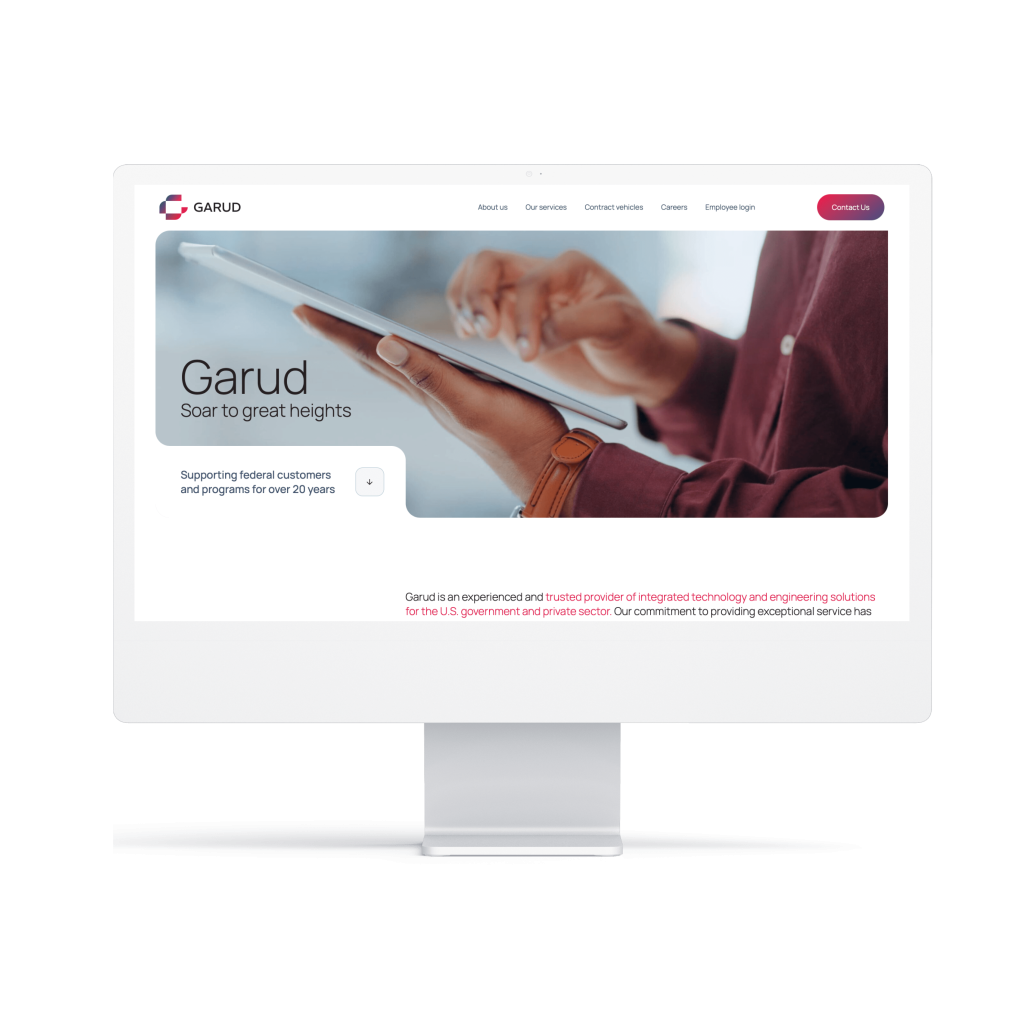What is it? How does software product management work? In this article, we give you a primer on this strategic process, empowering you to make informed decisions throughout your custom application development journey. It's possible to have your cake and eat it too. Here's what you need to know.
User Needs vs Business Goals
User needs and business goals can seem like two compasses pointing in different directions.
User needs include the desires, problems, and expectations of your target audience. These needs shape the core functionality and user experience of your product. On the other hand, business goals revolve around profitability, market positioning, and growth.
Decisions that benefit one don't always benefit the other. For example, imagine you're developing a productivity software tool designed to streamline project management for small businesses.
Your research reveals that users request an elaborate set of customisation options, allowing them to personalise every aspect of the interface. This could mean offering a wide range of colour schemes, font choices, and layout configurations.
From a user needs perspective, this seems like a logical step. Users often appreciate tools that align with their personal preferences, making them feel more at home while working.
However, from a business standpoint, dedicating resources to building an extensive customisation suite might not be the best move.
Here's why:
- Development Time and Cost: Building and maintaining a complex customisation feature can consume significant development time and resources. This time could otherwise be allocated to refining core functionalities that improve the overall user experience or address more critical pain points.
- Market Focus: Small businesses might value efficiency and ease of use over intricate customisation. By focusing on user-requested customisation, you might inadvertently deviate from your target market's core demands, potentially making the product less appealing to your primary audience.
- Competitive Edge: Prioritising personalisation over essential features could slow down your time-to-market. Competitors who focus on delivering functionality and addressing pain points might seize the opportunity to establish themselves as leaders in the market.
In this scenario, you are faced with a classic user needs vs business goals conundrum. What do you do?
Striking the right equilibrium between these two often contrasting forces is the heart of successful product management. This is where effective product management prioritisation steps in.

What Is Software Product Management Prioritisation?
Product management prioritisation is the strategic process of determining which features, enhancements or fixes take precedence in your product roadmap.
It's about making informed decisions catering to both user needs and business goals while considering resource constraints. It helps you focus your efforts on the initiatives that yield the most value for all parties involved.
How Does Software Product Management Work?
Here's a breakdown of the software product management prioritisation process:
- Data-Driven Analysis: Begin by collecting data on user behaviour, preferences, and pain points. Equally important is understanding the financial implications of different features.
- Alignment with Strategy: Map out your business goals and long-term vision. How does each potential development align with these objectives?
- Impact vs Effort: Assess the potential impact of each initiative on users and the business, weighing it against the resources and time required for implementation.
- Stakeholder Input: Gather insights from cross-functional teams, including design, development, marketing, and sales. Their perspectives can uncover blind spots and offer valuable input.
- Prioritisation Frameworks: Utilise frameworks like the Kano model (basic needs, performance needs, excitement needs) or other similar ones to categorise and prioritise features.
Benefits of Software Product Management Prioritisation
Strategic prioritisation in product management offers many benefits beyond balancing user needs and business goals. By aligning development with these advantages, you boost product value and create a collaborative, innovative environment.
Key benefits include:
- Enhanced User Satisfaction: Addressing critical user needs creates a more engaging and valuable product experience, increasing user satisfaction and loyalty.
- Optimised Resource Allocation: Prioritisation prevents resource waste on low-impact initiatives, channelling efforts towards projects that directly contribute to business success.
- Faster Time-to-Market: By focusing on high-priority features, you accelerate development cycles and quickly deliver value to users, gaining a competitive edge.
- Clear Communication: Prioritisation decisions foster transparency among teams, aligning everyone around a shared vision and reducing conflicts.

Software Product Management Prioritisation Best Practices
Here are some best practices to keep in mind when prioritising your software product development roadmap:
- User Research: Continuously gather user feedback through surveys, interviews, and usability testing to gain insights into evolving needs.
- Regular Reviews: Revisit and adjust your priorities as market dynamics, user behaviour, and business goals evolve.
- Cross-Functional Collaboration: Involve representatives from various departments to ensure diverse perspectives and a holistic understanding of priorities.
- Incremental Releases: Break down larger initiatives into smaller, manageable phases to achieve quicker wins, and iterate based on real-world feedback.
- Data-Driven Insights: Utilise analytics and data to make informed decisions about feature prioritisation.
- Impact vs Effort Assessment: Evaluate potential features or tasks based on their impact on users and the effort required for implementation, helping you focus on high-value items.
- Validation: Involve key customers or stakeholders early in the prioritisation process to validate assumptions and ensure alignment with their needs and expectations.
Make an Impact
Balancing user needs and business goals is a high-wire act that product managers master through the strategic process of prioritisation.
Understanding your users deeply and aligning their needs with the company's objectives creates a pathway to successful, customer-focused software. Embrace these insights and practices, and watch your products thrive.
Ready to put theory into practice? Connect with us at ELEKS and explore how our software development approach leverages prioritisation to deliver maximum value to your customers while ensuring you meet business objectives. Your journey to harmonising user needs and business goals starts here.

Related Insights












